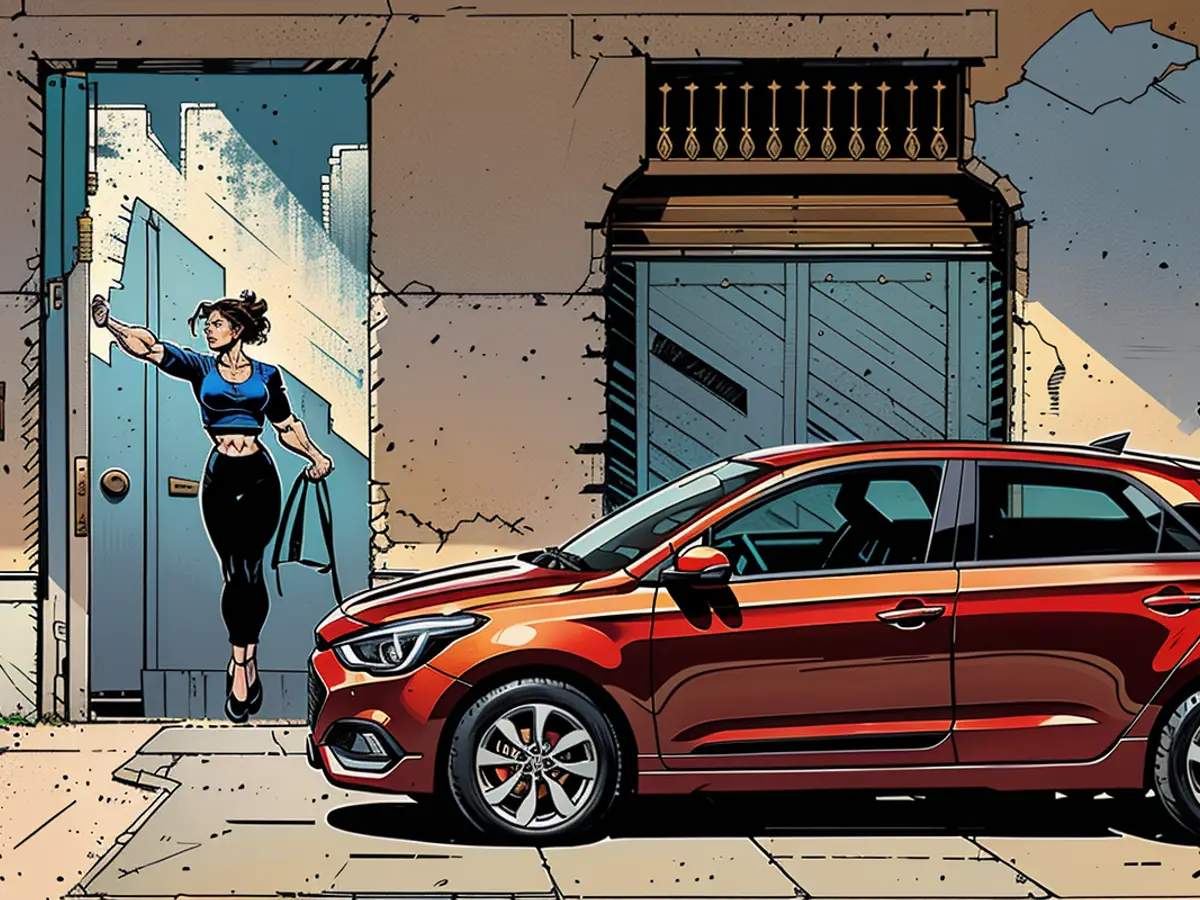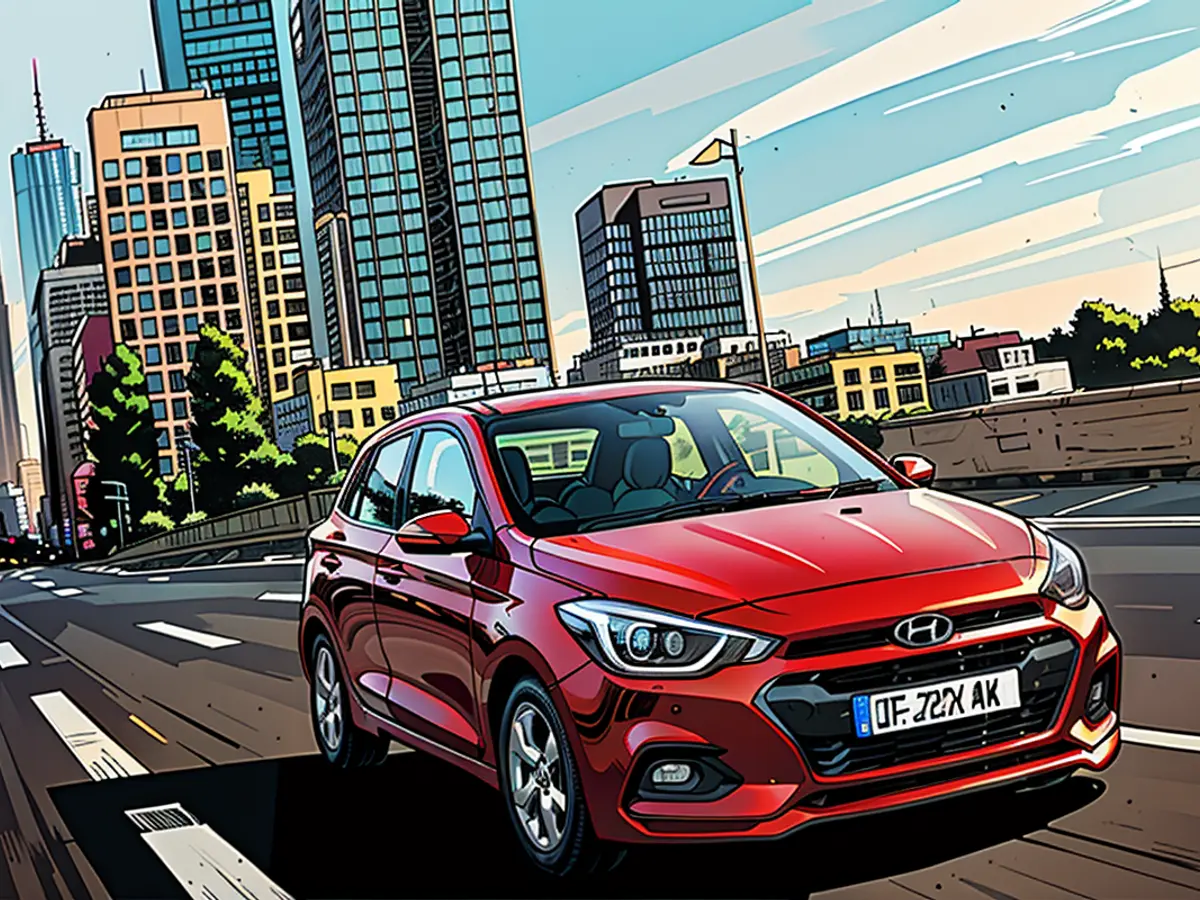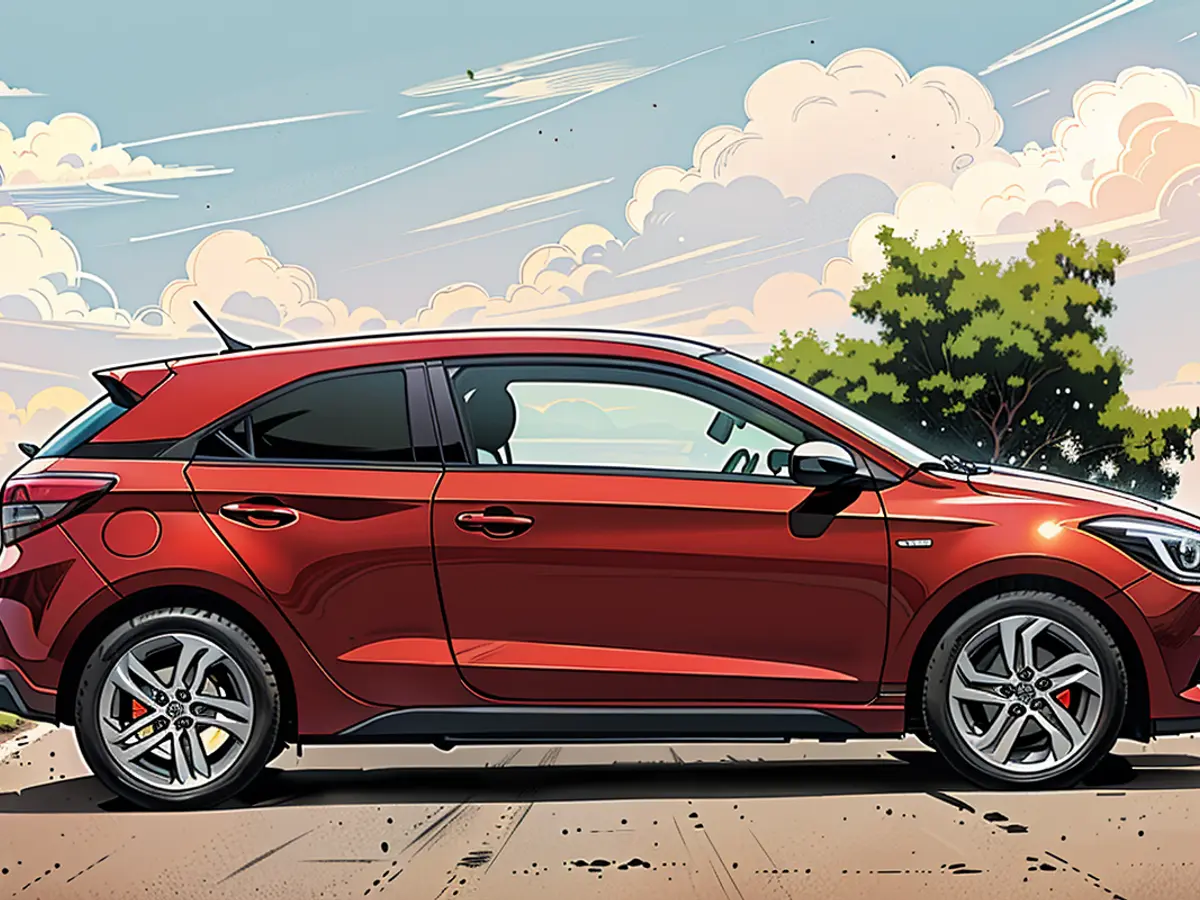Hyundai i20: Compact Vehicle Boasting Generous Trunk Space
Small, budget-friendly cars, including the Hyundai i20, are commonly found in the used car market. Besides popular models, the second-generation i20 from Hyundai, available from 2014 to 2020, could be an intriguing option for budget-conscious buyers. Visually and technically, it competes with vehicles like the VW Polo, but its performance in TÜV inspections is worth examining.
Quality
With a focus on affordability, potential buyers must ensure their chosen vehicle performs well in TÜV main inspections (HU). The second-gen i20 is commendable, scoring well in points related to chassis, brake components, and exhaust systems. However, concerns arise in the light check, with issues in the dipped beam, turn signals, and rear lights. Additionally, the functionality of the brakes and oil loss in younger models should be observed.
Design and Interior
Initially available as a five-seater, the i20 introduced a three-seater version in 2015 and a crossover-style variant called "Active." It offers remarkable space considering its exterior length. The five-seater's trunk volume ranges from 326 to 1042 liters. The model's construction and material choice are noteworthy.

In 2018, Hyundai gave the i20 a facelift, including a modified radiator grille and rear design, as well as vibrant interior accents.
Engine and Drive
The base engine was a 1.2-liter, four-cylinder, naturally aspirated unit producing 55 kW/75 PS or 62 kW/82 PS. A 1.4-liter, four-cylinder, naturally aspirated engine delivered 74 kW/100 PS, while a six-speed manual transmission replaced the five-speed for this engine. Alternatively, a four-speed automatic was available for the 1.4-liter engine. The consumption values of the aspirated engines ranged between 4.7 and 6.4 liters. Following the facelift, a 1.0-liter, three-cylinder, turbocharged engine joined the gasoline lineup, with outputs of 100 PS and 88 kW/120 PS. The average consumption was between 4.3 and 5.2 liters. Seven-speed dual-clutch transmissions were also available as alternatives.
Until 2018, a 1.1-liter, three-cylinder diesel engine with 75 PS and a 1.4-liter, four-cylinder diesel engine with 66 kW/90 PS were also available, consuming an average of 3.2 to 4 liters.

Features and Safety
The "i20" base model lacked air conditioning and radio, aiming to keep the starting price below €12,000. For more comfort and stylish elements such as alloys, buyers should look for "Trend" or "Style" models. Budget-conscious buyers could bundle some equipment features in packages, including assistance systems. Post-2018 facelift, a new safety package offered additional features like emergency braking assistance, lane departure warning, and permanent main beam.
Conclusion
The second-generation i20 performs reasonably well in TÜV inspections, allowing buyers to acquire a defect-free model with a valid HU sticker. The model provides adequate space and impresses with its construction and material quality. Currently, around 1200 pre-owned i20s of the second generation are listed for sale on mobile.de, starting at approximately €4500.

Despite the commendable performance of the Hyundai i20 in certain TÜV inspections, it's crucial to address issues in the light check, such as the dipped beam, turn signals, and rear lights. When considering Hyundai models in the used car market, potential buyers should not overlook the second-generation i20, which is well-liked for its budget-friendliness and competitive design.








